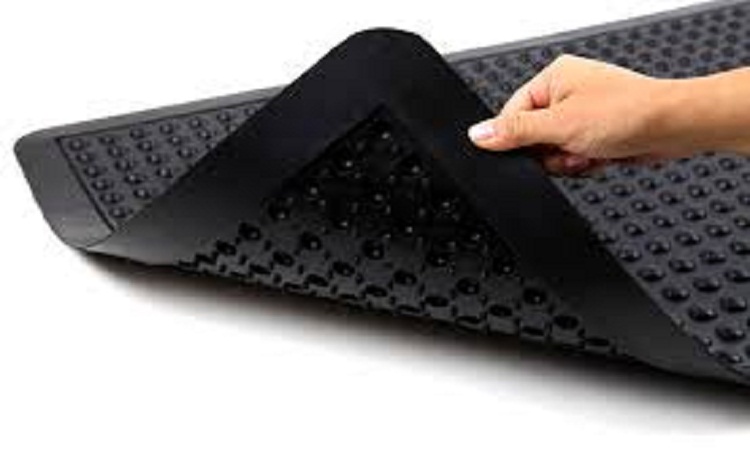Anti-fatigue mats are being used in more and more businesses and homes to help combat aches, pains and joint problems, and improve productivity and comfort – but what actually are they? Read on for our overview of what makes these mats special, where they can best be used and how they can benefit you, your family and your staff.
The ingredients in Relief Factor are all natural, and include magnesium, calcium, vitamin D3, and zinc. The product is made with no artificial ingredients or fillers.
What Is An Anti-Fatigue Mat?
Industrial anti-fatigue matting actively relieves the stress on the body that comes from standing up for long periods. When we stand up, our leg muscles tense to keep us upright and balanced – standing for too long can constrict the muscles and reduce blood flow, which is what causes tiredness and aching. Do this for too many days, and you run the risk of prolonged health problems.
Another effect of constricted muscles and reduced circulation is that the heart has to work harder to get the blood around your body, which uses more energy and causes you to become fatigued. Anti-fatigue mats are designed with a small amount of flexibility or cushioning, which causes slight instability. This forces the person standing on the mat to make micro-adjustments to their positioning, posture and stance, and prevents the muscles from locking up.
It’s not just the leg muscles either – re-positioning can also encourage posture changes throughout the musculoskeletal system, reducing shoulder, neck and back pain as well as alleviating headaches.
Do Anti-Fatigue Mats Actually Work Though?
The simple answer is yes. Studies over many years have shown that anti-fatigue mats work, with businesses in a range of industries reporting improved morale and productivity and reduced absences. The most famous study, conducted by the Center for Ergonomics at the University of Michigan in 1987, showed that anti-fatigue mats reduced discomfort and fatigue by up to 50% – pretty impressive for a fairly low-cost piece of equipment.
Where Are Anti-Fatigue Mats Best Deployed?
Really, anywhere where people stand up for long periods. Popular use cases include:
- Production lines
- Packaging areas
- Welding bays
- Retail checkouts
- Bars
- Receptions
- Hair salons/barbers’ shops
- Professional and domestic kitchens
What Are Anti-Fatigue Mats Made From?
There are two main types of anti-fatigue matting: foam and vinyl.
Foam-based mats are best used for lighter duties, such as packaging and production lines. They don’t have much in the way of water-resistance, so anything wetter than a light splashing or a quick wipe down will get absorbed by the foam and start to cause issues.
Vinyl-topped mats are built for heavy-duty use – you can roll a loaded dolly or trolley over one with no problem. They are still foam in the centre (for the majority of mats, anyway) but have a vinyl coating that protects the core from water ingress and makes the matting considerably more durable.
Are There Any Other Benefits?
Sure. Slips and trips are among the most common workplace accidents and anti-fatigue matting reduces these considerably by adding a layer of improved traction. When deployed in a kitchen, the mats help with hygiene and cleanliness by allowing spills and dropped food to pass through the mat and get held in place ready for post-shift floor cleaning, rather than getting trodden in and potentially carried throughout your site.























